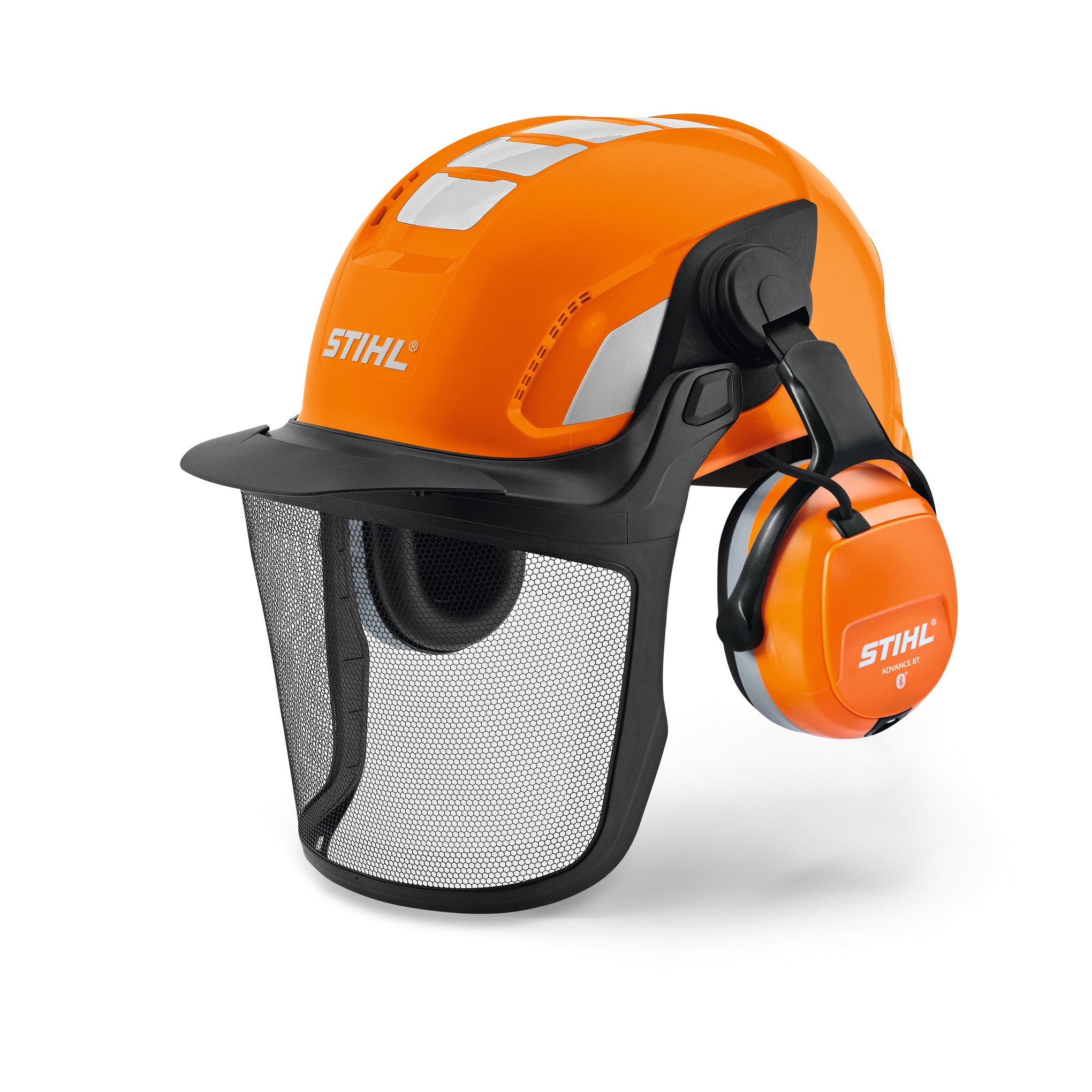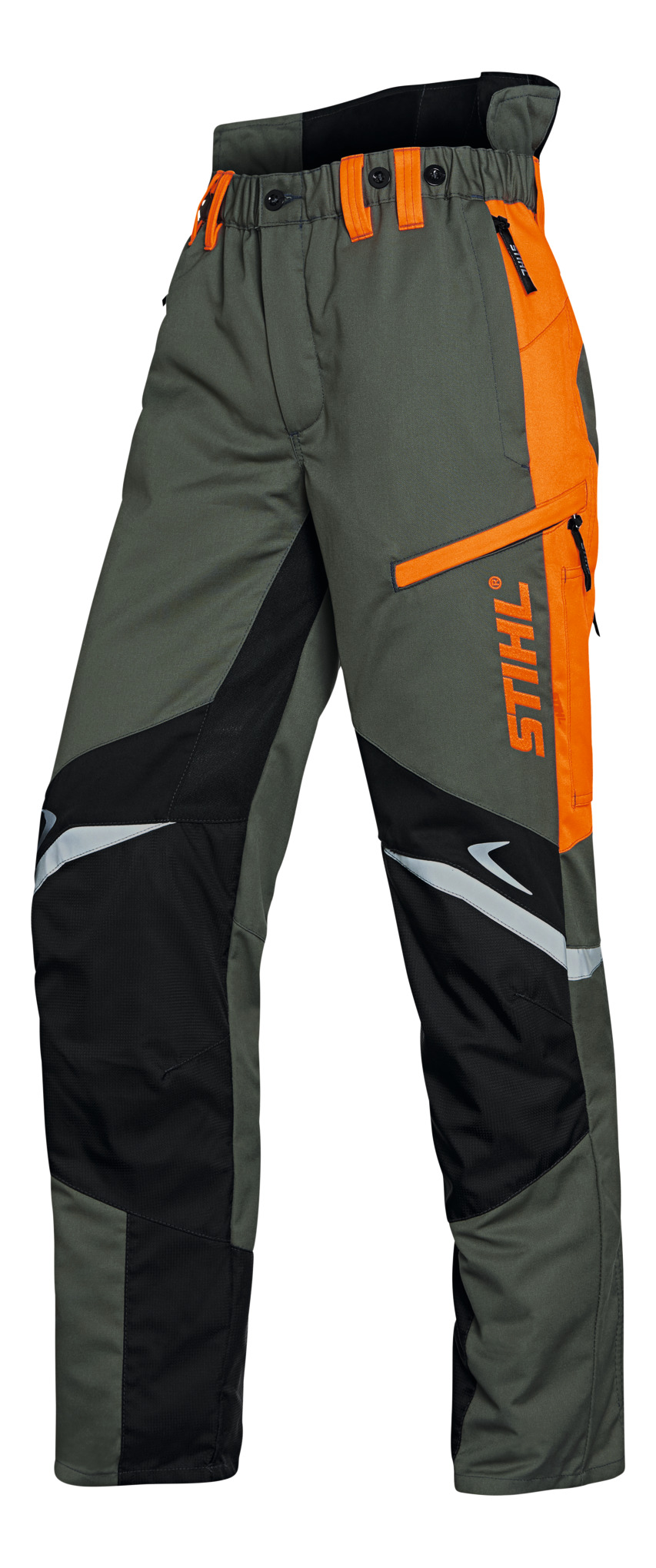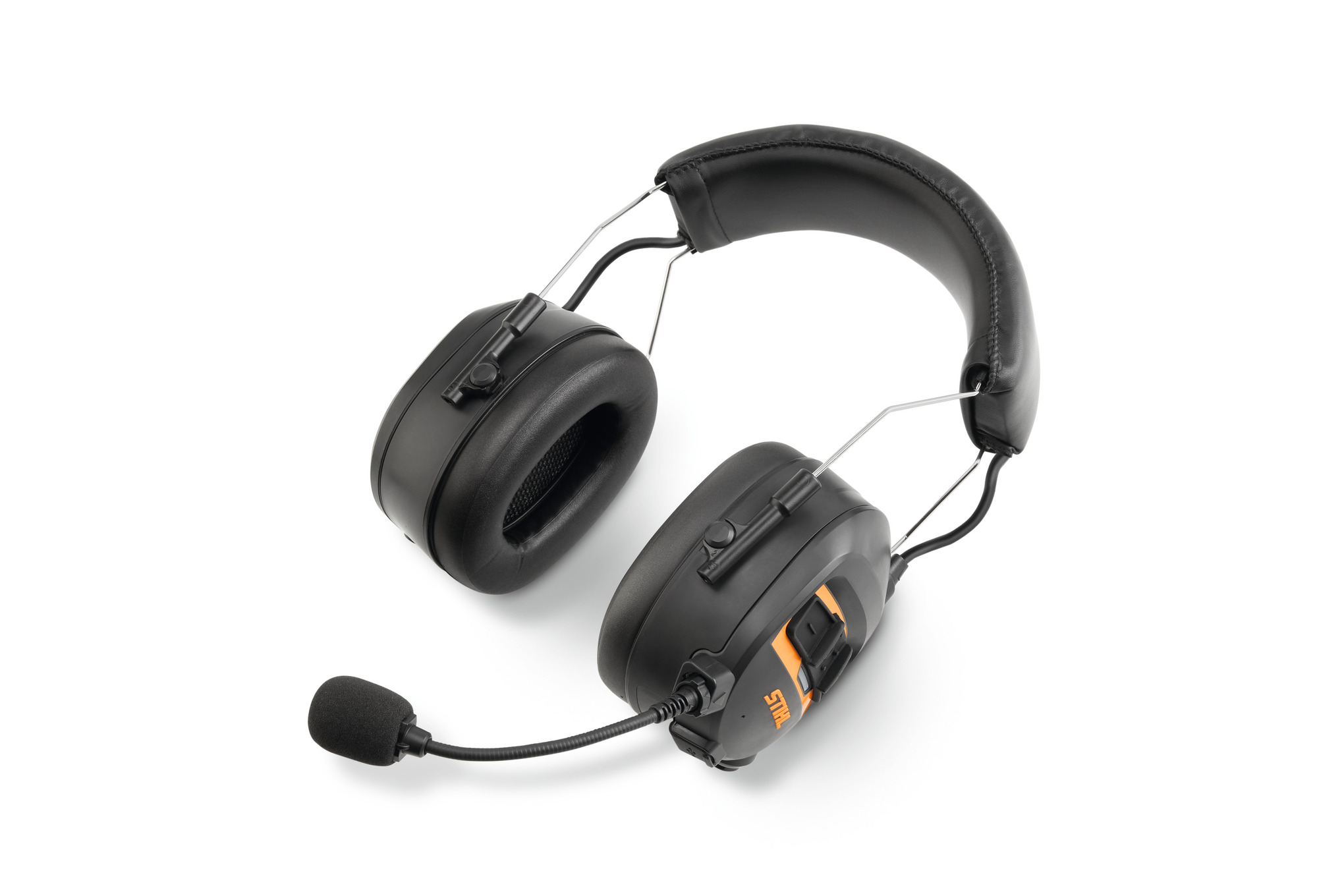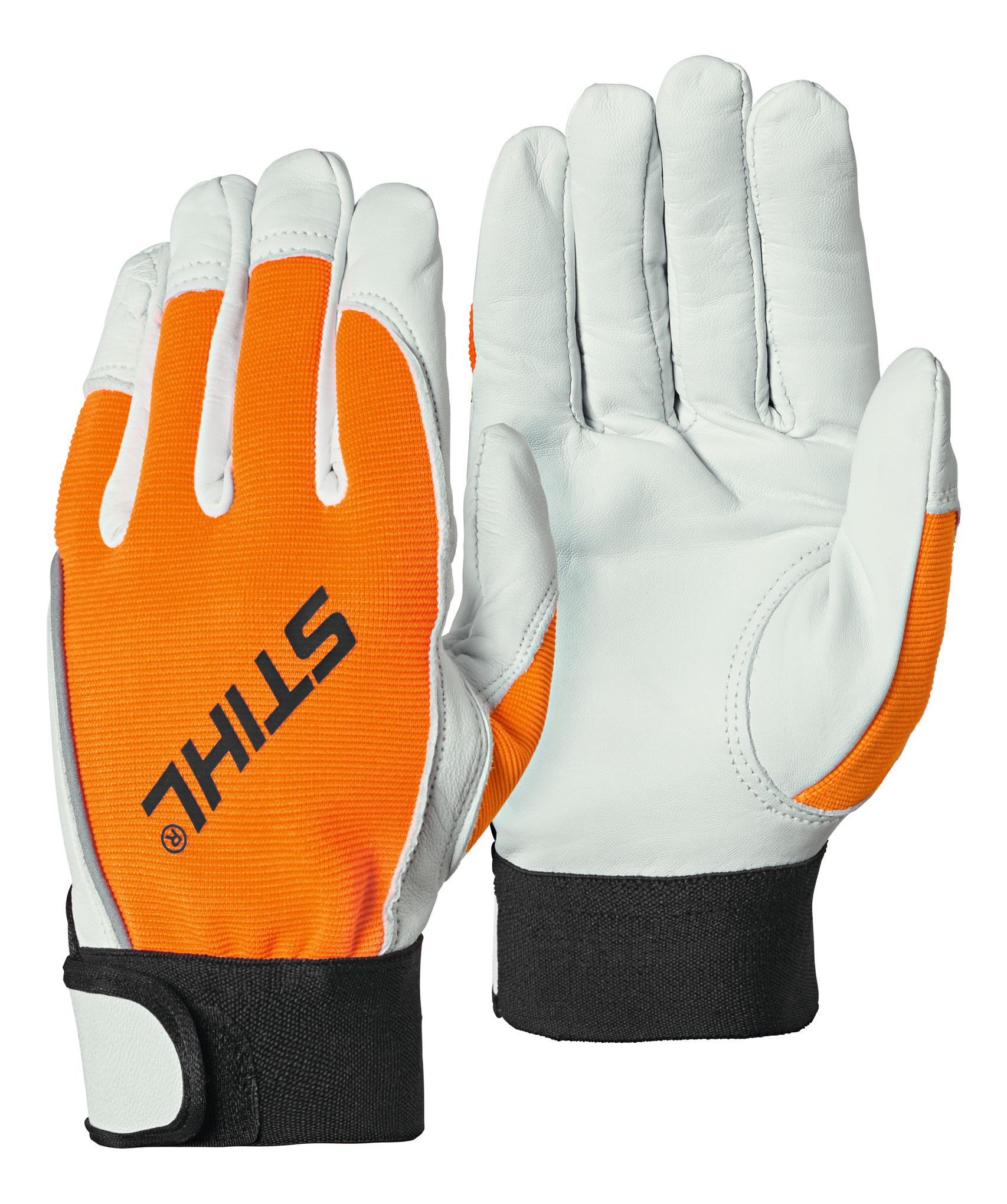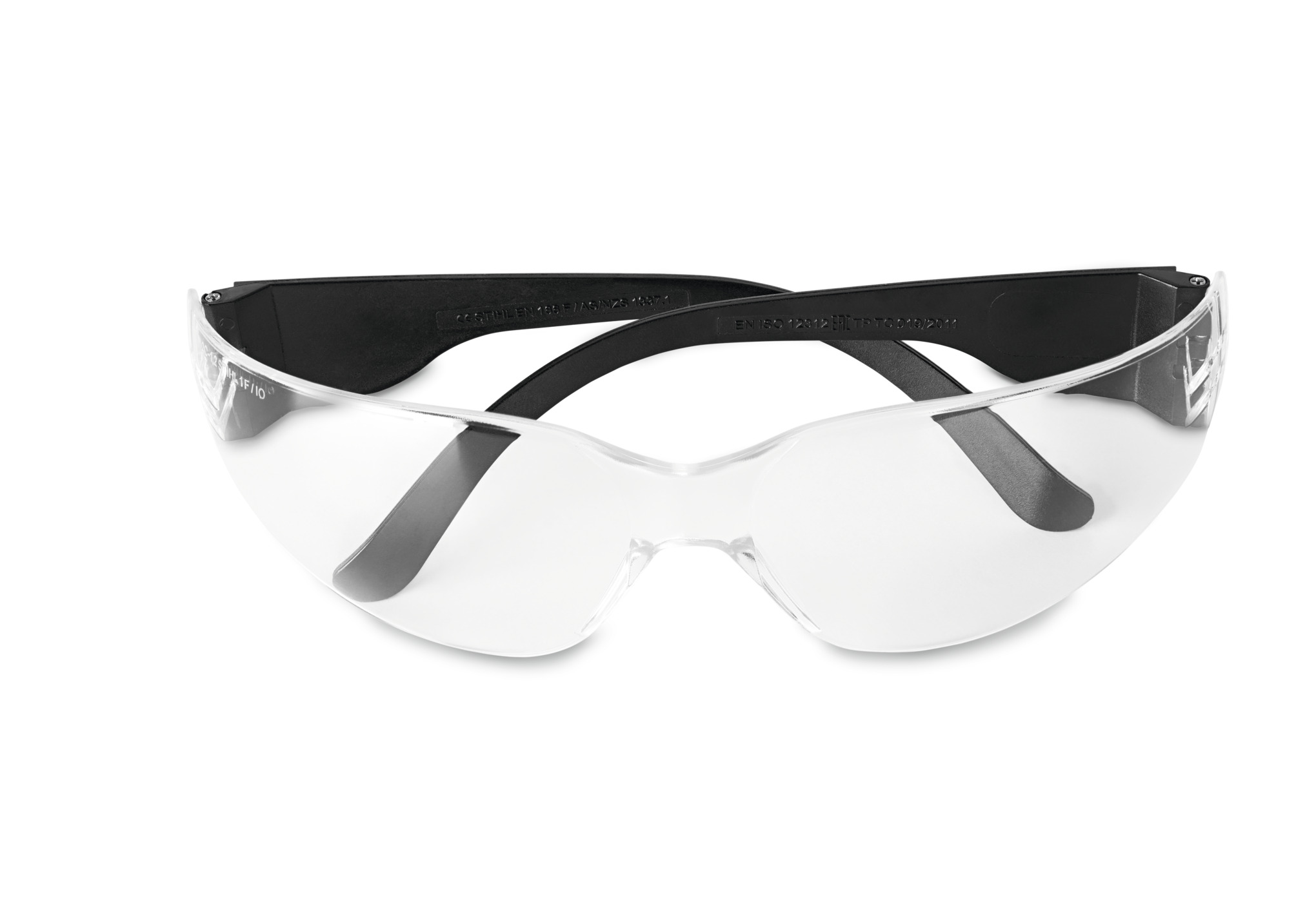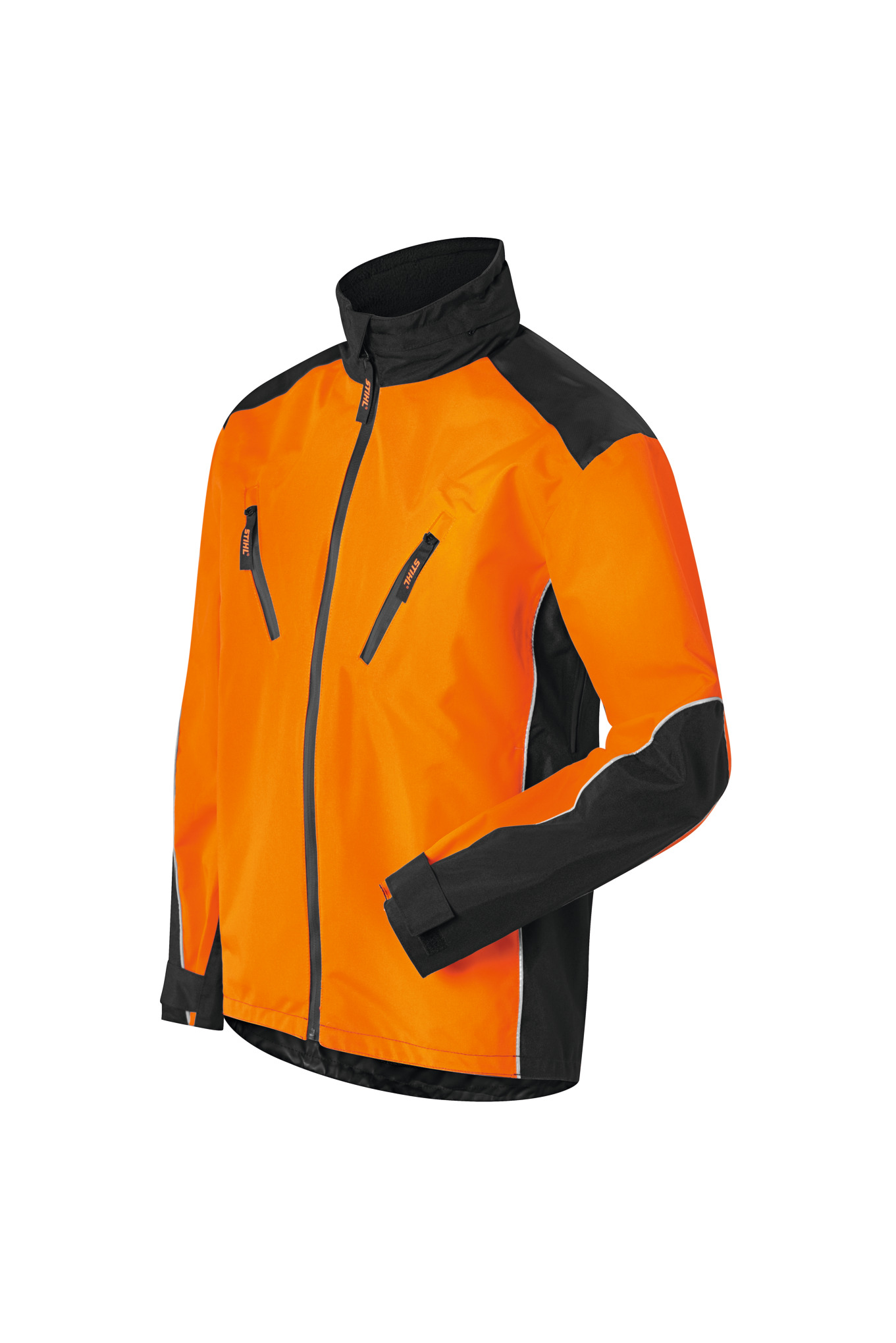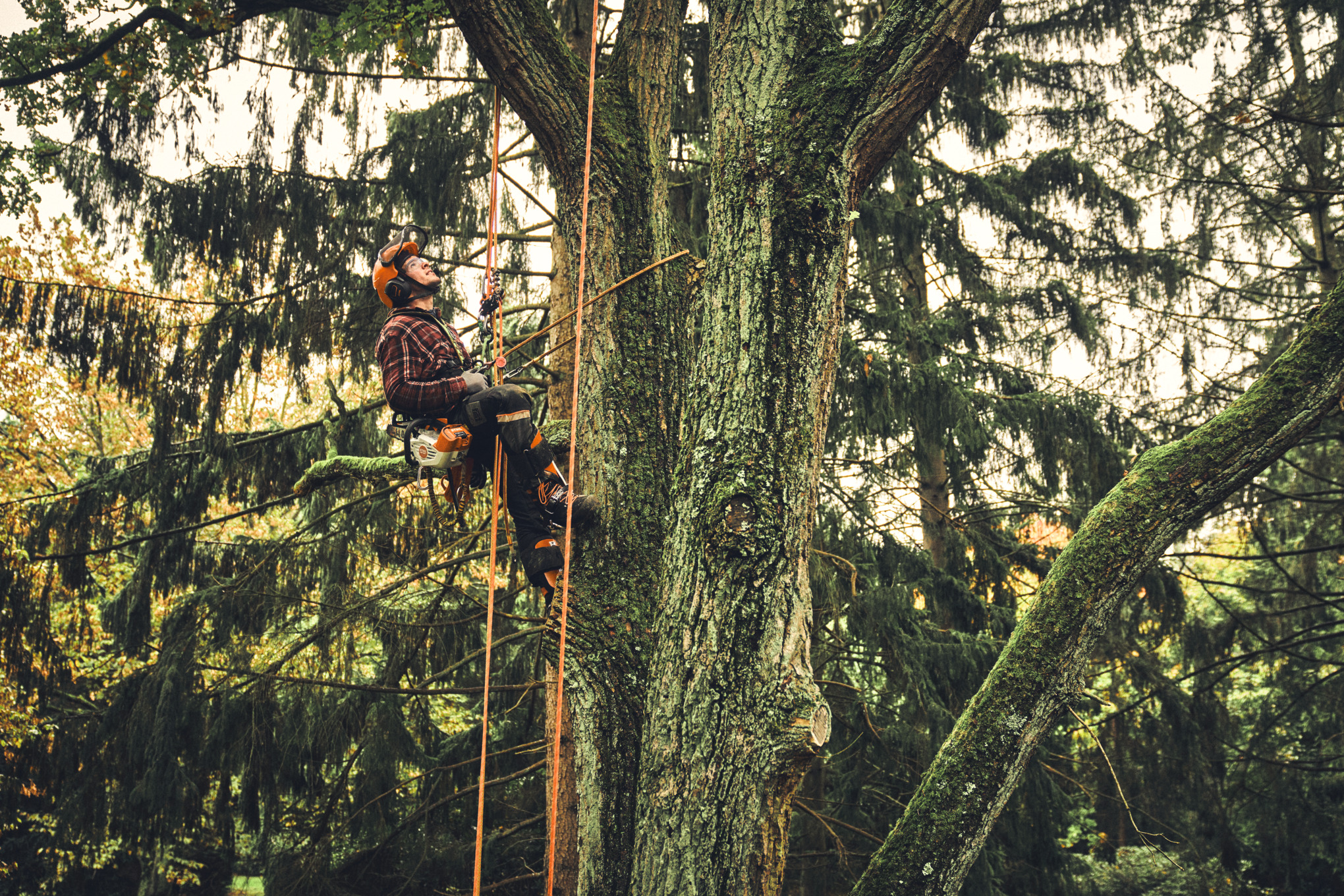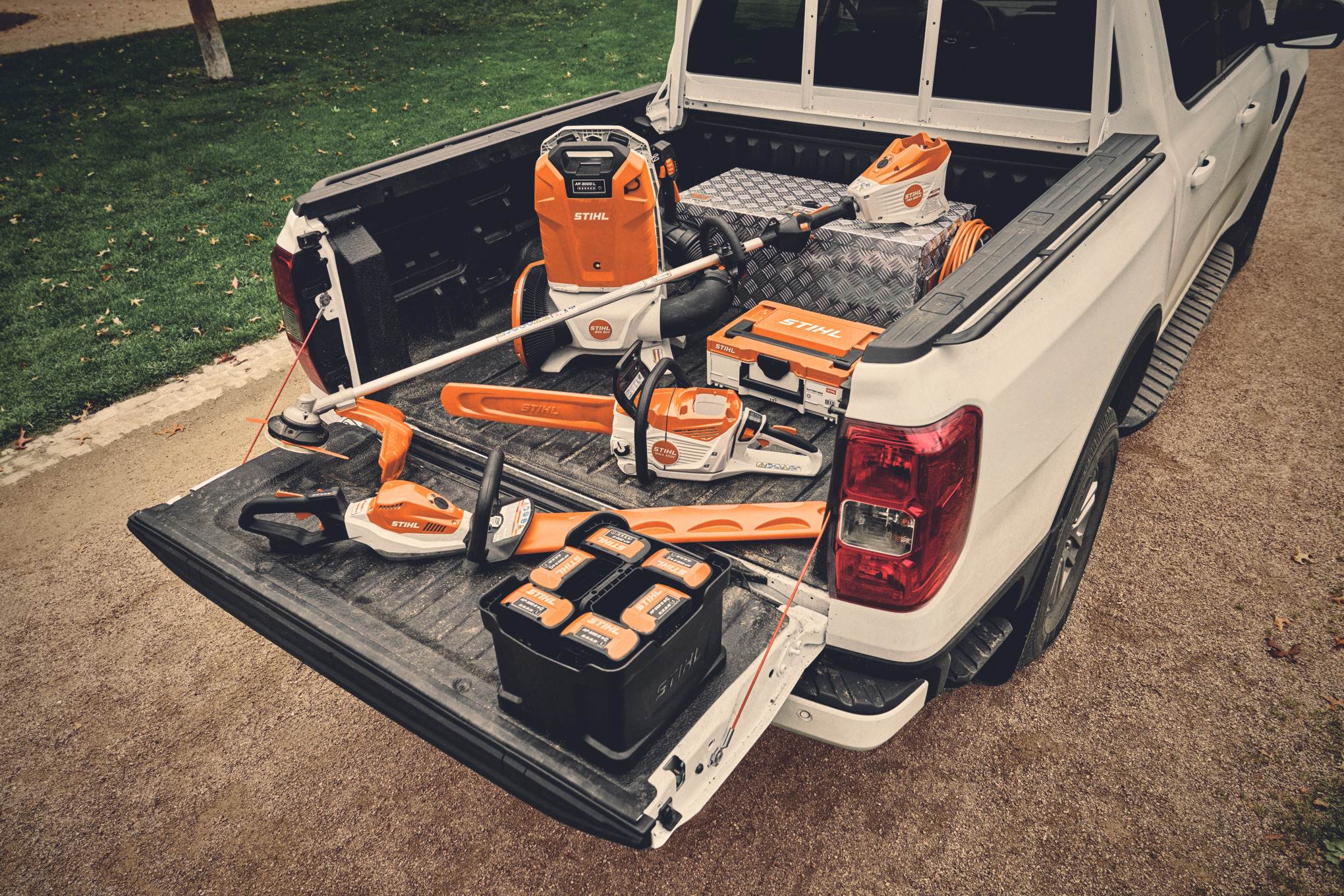Forestry PPE: how professionals protect themselves appropriately
Personal protective equipment for forestry (Forestry PPE) is a must for professionals. Discover what counts when choosing and maintaining your protective equipment.
23.07.2025

Overview: Forestry PPE
- Forestry PPE gives the wearer protection from branches, noise, cut injuries, dust and weather
- Companies are obliged to provide PPE, and it must be worn correctly
- Components such as hard hats, trousers and shoes need to meet special DIN standards
- Care such as washing, drying and waterproofing does not impair its protective effect
- Replace worn PPE in good time, consider cut protection classes when selecting
Which Forestry PPE components are mandatory depends on the activity being performed. Common mandatory components under Australian Standard AS 2727:1997 operators of chainsaws are to wear the following PPE:
- Protective hard hat with ear and face protection
- Cut protection trousers
- Safety shoes with steel toe caps and non-slip soles
- High-visibility clothing
To find out the exact requirements, please refer to the user manual for your equipment or the relevant national occupational safety guidelines.
High-quality PPE items can be identified by the certifications they have been given, such as the KWF seal, and compliance with relevant standards, for example AS/NZS 4453.3:1997 for trouser cut protection.
Good PPE is also characterised by durable materials, ergonomic design and high functionality, for example breathability and ease of movement.
Forestry PPE items are tested by independent testing bodies such as the KWF (Kuratorium für Waldarbeit und Forsttechnik e.V.). They are also often certified in accordance with both Australian and European standards such as AS/NZS, DIN standards and the CE mark, which assures conformity with AUS, NZ & EU directives.
Regulatory requirements for Forestry PPE
In Australia, companies are obliged to ensure their employees are wearing the appropriate personal protective equipment for forestry work. This applies in particular to work with chainsaws.
The requirements for occupational safety are based on Employer Duties under Workplace Health and Safety laws.
What does forestry PPE protect against?
PPE for forestry work offers protection against numerous hazards that can arise in forestry.
- Falling branches and objects: Forestry hard hats protect the head, and face protection shields you from splinters and sawdust.
- Cut injuries: Cut-resistant trousers and boots can stop a chainsaw in seconds and prevent serious injuries.
- Noise impact: Hearing protection reduces noise levels and thereby prevents permanent damage to hearing.
- Flying particles and dust: Safety glasses protect eyes from splinters, dust and UV radiation.
- Falling: Safety shoes with non-slip soles ensure you keep a stable footing even when the forest floor is wet and slippery.
- Weatherexposure: High-visibility clothing counters rain, cold and sun while also increasing visibility
- Thorns and sharp branches: Sturdy gloves provide protection and secure grip, even in adverse conditions.
- Overload and stress: Ergonomic and lightweight PPE means increased comfort and reduced fatigue during long days of work in the forest.
Legal responsibility
Employers must ensure that forestry protective equipment complies with the applicable standards (AS/NZS 4453.3.1997 for cut protection) and is regularly checked. Employees are obliged to wear and use PPE appropriately.
Forestry PPE components in detail
A complete set of forestry PPE includes several elements. Different items of forestry worker clothing must be worn depending on the work and the tool. Each component has been specially developed for the requirements of forestry and provides optimum protection thanks to numerous features. The following video shows what PPE must be worn whether you're a home owner or professional using a chainsaw:
Forestry PPE components at a glance
| Component | Protective function | Requirement |
|---|---|---|
| Cut protection trousers | Protects legs from chainsaw injuries | AS/NZS 4453.3.1997 |
| Safety footwear | Cut protection, steel toe caps and non-slip soles for a secure footing | AS 2210.3:2019 (formerly AS/NZS 2210.3) |
| Safety hard hat with face protection and hearing protection | Protects the head from falling branches, the face from flying splinters, and the hearing from noise damage | AS/NZS 1801:2024 |
| Safety glasses | Protects eyes from splinters and UV radiation | AS/NZS 1337.1:2010 |
| Gloves | Protect hands from thorns and injuries, provide secure grip | EN 388, EN ISO 21420 |
| High-visibility jacket | Increases visibility, protects from rain and cold, comfortable to wear | Impactful high-visibility colours, ergonomic design for comfort |
Depending on the work and the tools used, different pieces of forestry personal protective equipment may be required. For example, some battery power tools do not require hearing protection due to their low noise emissions.
Please refer to the user manual for your tool to see which specific components of personal protective equipment should be worn.
Checklist: professional maintenance
Well-maintained forestry PPE remains safe and comfortable for longer. For best results, note the following tips for care of cut protection items:
Workwear for forestry workers can be washed at 60 degrees Celsius. Use commercially available detergent and spin at low speed (400 revolutions per minute). Weekly washing is recommended for daily use and moderate soiling. If heavily soiled, wash immediately after use.
Let clothes air dry and reshape them while they are damp. Do not tumble dry. When drying cut protection trousers and chaps, lay them flat to dry and do not hang them. Hanging them may cause the protective fibres to drop to bottom of the pant/chap over time.
Regular ironing at low temperature (maximum 110 degrees Celsius) reactivates the water-repellent effect.
Outer fabrics can be patched, but not cut protection inserts. Any damage to cut protection trousers or boots will reduce the protection they offer.
Find out more details about protective clothing and cut protection classes.
When should Forestry PPE be replaced?
Just as trees deteriorate with age, so does protective equipment for forest workers. Replace damaged items promptly and renew worn pieces in good time to ensure full safety at all times. For exact information about the typical service life of your Forestry PPE, consult the user manual for the respective product.
The following table summarises the average service life of various PPE components:
| Component | Service life | Notes |
|---|---|---|
| Forestry hard hat | 3-5 years | UV radiation and cracks reduce durability. Stickers with a solvent based adhesive and which hide cracks/damage, prevent the ability to inspect a helmet can also reduce the helmets Service Life. If there is significant movement in the harness and mounts that may be a sign the helmet is no longer safe to use. |
| Cut protection trousers | 12-18 months with intensive use 5-10 years with occasional use |
Check regularly for damage and exposed cut resisteant material. |
| Gloves | Replace if material is worn out | Be aware of any damage caused by thorns. |
Tips for choosing the right protective equipment
Class 1 Cut Protection (20 metres per second) is recommended for forestry work in Australia and New Zealand.

Equipment such as the STIHL ADVANCE Flex range combines protection with maximum ease of movement – ideal for long working days.

Insulated items protect against cold and wet weather, while lightweight and breathable models are suitable for hot days.

STIHL protective equipment has received the seal of the Kuratorium für Waldarbeit und Forsttechnik e.V. (KWF), along with other recognition. This means that the components have been tested to the highest standards, are suitable for professional use and are particularly durable.

Personal protective equipment is the most important accessory for any forestry professional. It increases safety and facilitates more efficient work in the trees. Pay attention to quality, fit and regular care to ensure optimal protection.

The STIHL newsletter by professionals for professionals
Our STIHL professional newsletter provides regular updates on everything there is to know about our high-performance products, services and events for professional users.


